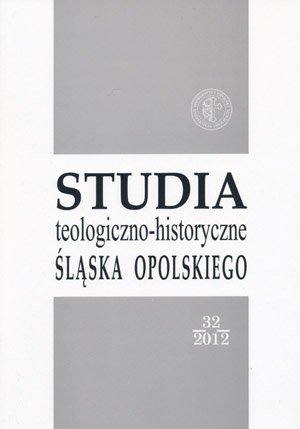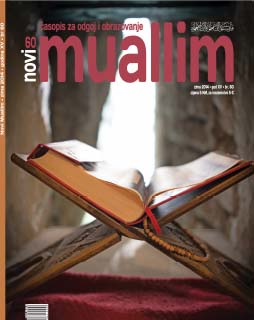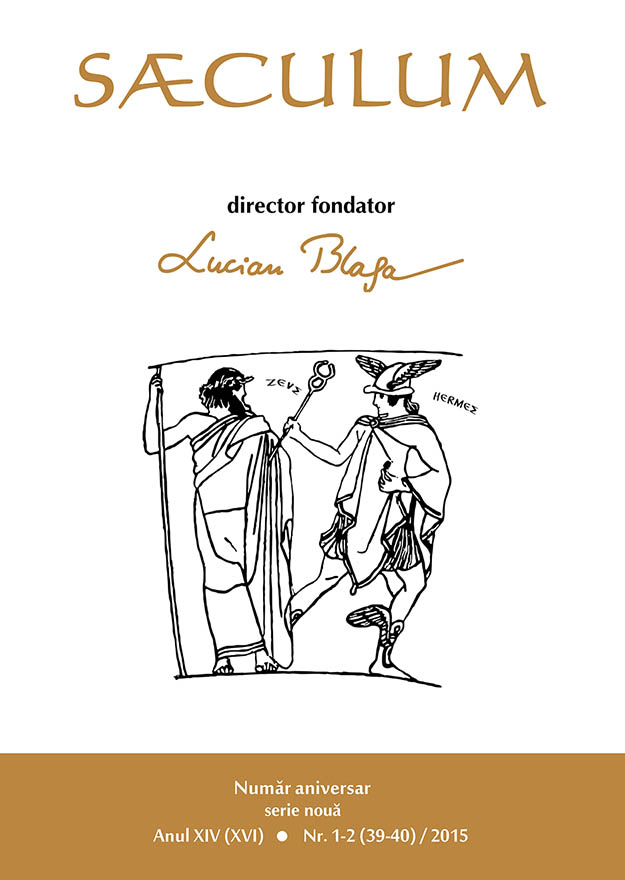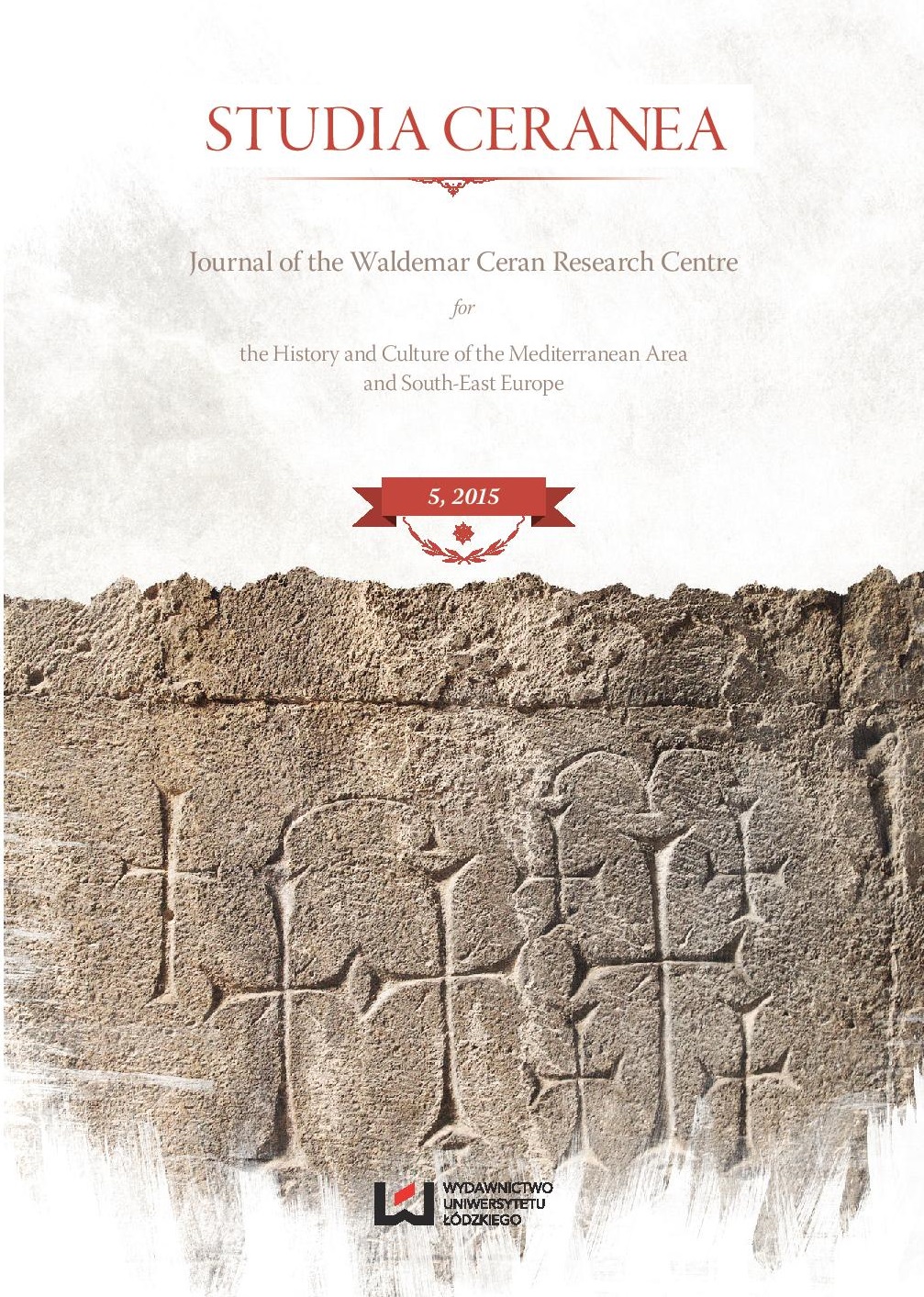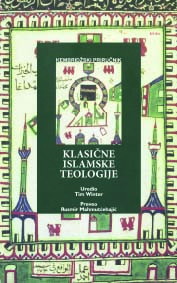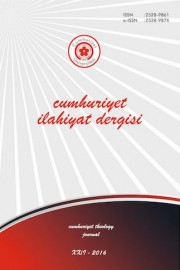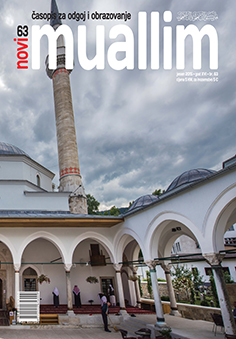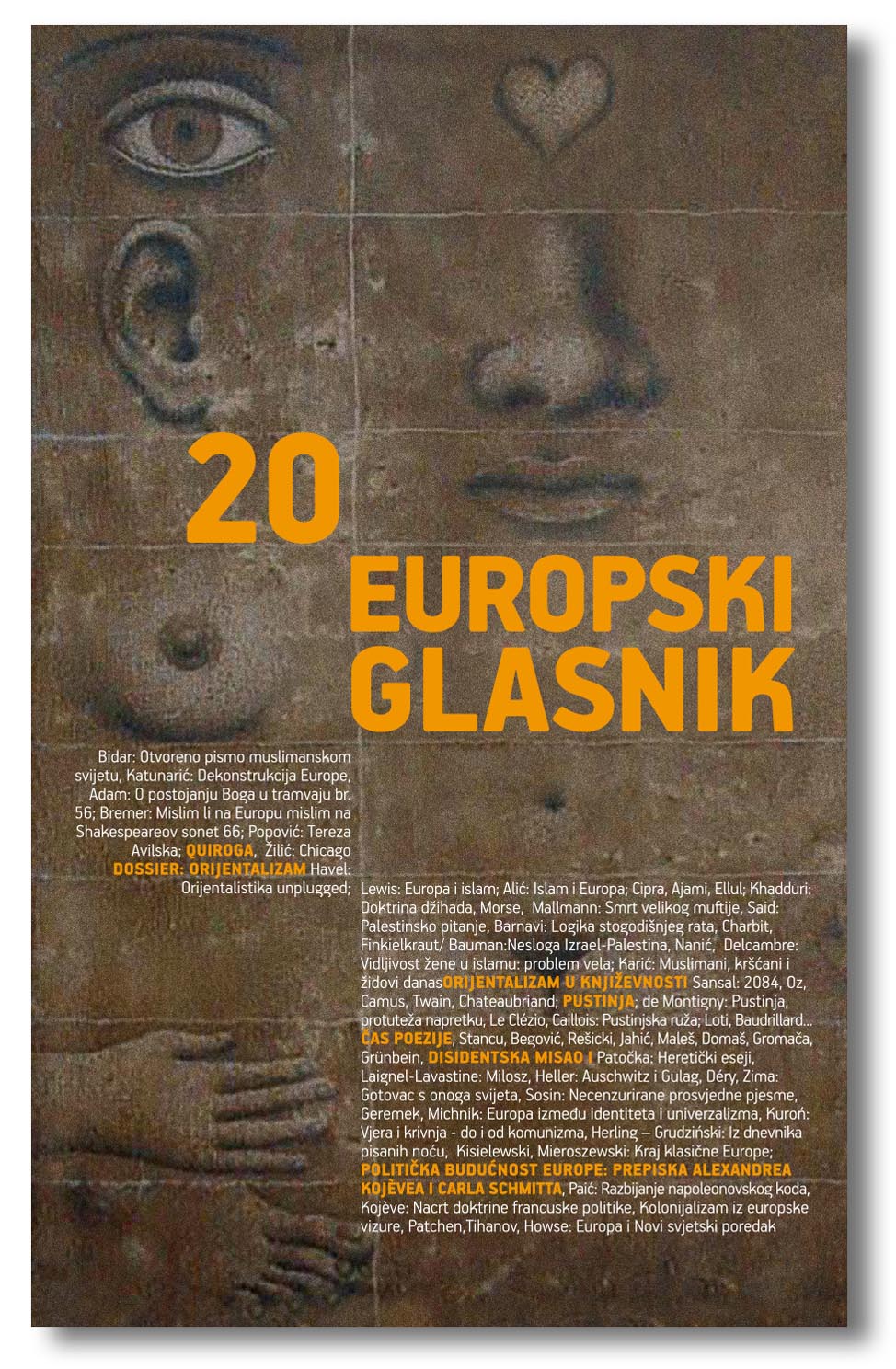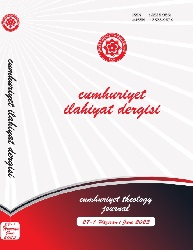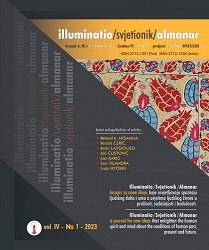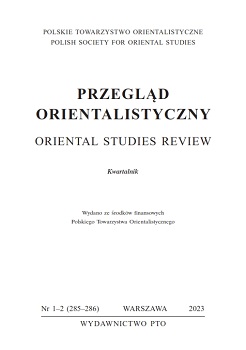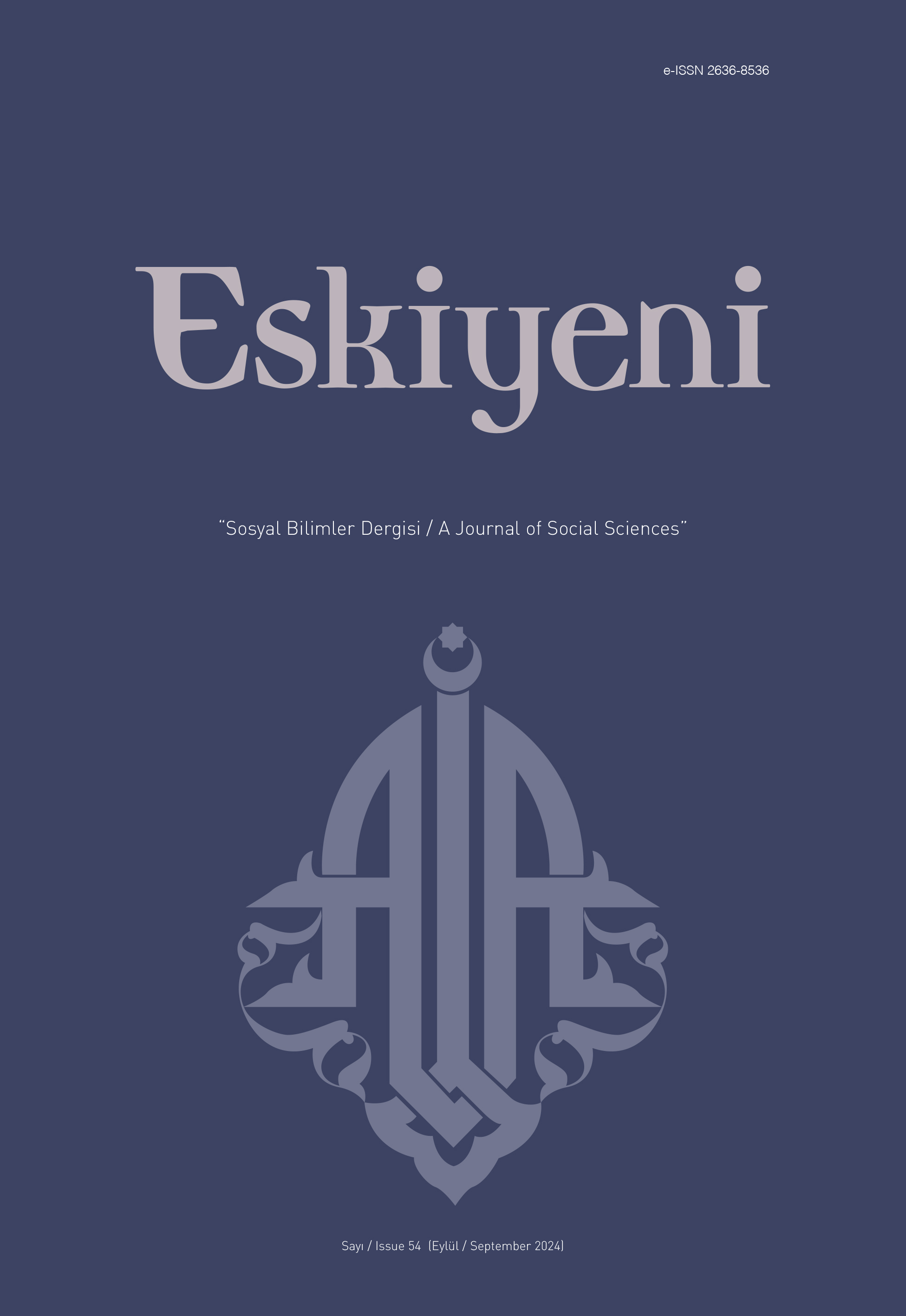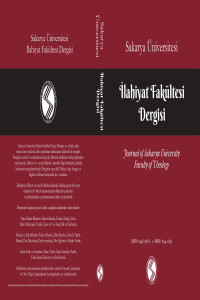Author(s): Yakup Bıyıkoğlu / Language(s): Turkish
Issue: 1/2016
The founder of Ash‘arī kalām is Abu’l-Hasan al-Ash‘arī (d. 324/935). The principles, which are presented by Abu’l-Hasan al-Ash‘arī, completed their first period after one century with Ibn Fūrak (d. 406/1015) and al-Bākıllānī (d. 403/1013). In this period, Ash‘arī and his second-generation students adhered to the apparent meaning of the verses. However, as the resources reveal, there are few scholars in this period that show the tendency to explain the attributes of Allah, and these explanations were done in a restrict way, without breaking the nature of those attributes.
We have applied as the main reference two basic works, the books Ash‘arī, al-Ibāne and Kitâb al-Luma‘, for building a major head of this research. In the context of reflecting his ideas, we have applied the Works of Ibn Fūrak al-Mucerred, Bākıllānī, al-Tamhid, al-Insaf and Kitāb al-Bayān. Besides these ones, there are other works which are directly related to our subject and guide our research thus being applied in the study. We try to present the views of the first period members of Ash‘arī kalām about mutashābih (one another) verses till the term of Bākıllānī, covering a century.
Concerning the method and the perspective of our study, firstly we have examined the concept of mutashābih within the context of explanation way Then, we have examined how the Kalāmallah subject was viewed during the first period of Ash‘arī. In the last part of the study, we have looked into the view of attributes of Allah and the application way of explanation method in the context of mutashābih verses of first period of Ash‘arī Sect. In addition to this, we have made the comparison of the subjects of how the explanation of these attributes was done by scholars of the succeeding periods. Lastly, we have discussed the subject of ru’yatallah (seeing Allah in Heaven), which is important for the issues of kalām.
The first period of Ash‘arī kalām’s approach to mutashābih verses, how they view the attributes of istivā, kürsī, yed, vech ve ‘ayn in the context of explanation way (te’vil) and how they view the matter of Kalāmallah, is of high importance. As a matter of fact, this issue is related with the kalām’s divinity. The primary statements about Kalāmallah in Ash‘arī kalām belong to the founder of the Sect Ash‘arī. Then, He divided Kalāmallah into two parts; Bākıllānī has advocated these parts and then proceeds with them.
Ash‘arī does not give information about the description of muhkem and mutashābih in his writings. Ibn Fūrak explains his viewings about this subject partly. According to Ibn Fūrak as like to other interpreters. Ash‘arī divides Qur’ān verses into two muhkem and mutashābih. In this way, Ash‘arī describes muhkem as apparent and internal meaning of verbal words (lafız). On the other side, mutashābih is described as a thing for the situation of internal meanings and verbal words are similar and guides to several meanings preferred to one another and includes regard (nazar) and inference (istidlāl). In this context, even if Ash‘arī behaves in Salaf way about attributes, some first period scholars (intellectuals) of Ash‘arī likes Ibn Fūrak, adopted to explain attributes of Allah by applying to the source of dictionary to prevent themselves from not having simile (teşbīh). This type of belonging to Salaf way maintained till al-Bākıllānī. However, the subject of explanation way of attributes has changed in Imam al-Haramayn al-Cuvaynī (d. 478/1085) and his student al-Gazzālī’de (505/1111). Accordingly, Ash‘arī kalām, especially al-Gazzālī, adopted the explanations of attributes of Allah easily. This subject has been systematized more by Sayf al-dīn Amidī. However, the explanation of attributes of Allah has been reached the level of Mu‘tazila.
The subject of whether Kelāmallah is to be seen as being created is an important discussion issue along with the history of kalām. In contrast with Mu‘tazila, Ash‘arī presents proofs from verses and Sunna to be able to say that Qur’ān is not created and it is an eternal (kadīm) kalām and that is separated into two parts; kalām-ı nefsī (purely) and kelām-ı lafzī (verbely). Ash‘arī asserts that Qur’ān is not being created. However, differently, Ash‘arī try to show effort for meeting rationalists who advocate that Qur’ān is created and narrators who advocates that Qur’ān is eternal (kadīm). So that the followers of Ash‘arī choose the way of integrating kalām-nefsī and kelāmi lafzī in orders to find solution to this ancient matter. Smilarly, al-Bākıllānī, who has important contributions along with the completion process of the Sect, comes up with the theory that if ever Qur’ān was created, it could not be its own subject because of being an object of something and could exists itself with something else, so that He has concerned with verses basic for his mental reasoning results in accepting Kelāmallah religiously as an object.
About the issue of rü’yetullah, Ash‘arī and al-Bākıllānī assert that Allah will be seen in Doomsday (kıyāmet). They prove this with some verses and hadiths. Ash‘arī emphasizes that look (rü’yet/nazar) will be done by two eyes on the face. He says that it is exact that making eyes turn to the sky (al-Bakara 2/144) and searching the direction of Kabe and waiting for apocalypse (vahy) will happen. Based on this assertion, he criticised Mu‘tazila who asserts that ‘they wait for meritorious from Allah’ instead of the verse telling ‘they look at their Allah’ (al-Kıyāmet 75/23). Also al-Bākıllānī comments the seeing of Allah with a positivist perspective. As a proof, he says that Allah is present and seen but something should happen for that. He mentions that we cannot be the seeing subjects of things so that, we cannot see the occurring of subjects. He try to make the matter more clear philosophically. In Mu‘tazila there is a faulty about the comment of the verse my Allah, Show yourself to me and then I look to you’ (al-A‘raf 7/143). While the prophet Mūsā has the qualification of the task of being prophet, it is not possible that he asks Allah about impossibility. Because al-Bākıllānī thinks that such a situation means ignoring of Allah by the prophet. But he says that this is not valid for prophets. Briefly, like Ash‘arī, al-Bākıllānī is congruent with his predecessors (selef) about the issue that knowing whatever comments about Allah are accepted religiously is possible just for prophets. This reality should be reminded to Mu‘tazila. As mentioned in nass, Ash‘arī Sect says that Allah will be seen.
As a conclusion, Ash‘arī does not prefer to explain attributes but to look at attributes without knowing about them transmitting from predecessors. According to resources, in the first period of Ash‘arī kalām, even if there were some explanations of some attributes in general, based on the information from dictionary, attributes are not based on qualifications. About a century later, Bākıllānī also interpreted and evaluated the attributes within some contexts. At this term, Ash‘arī followers emphasize that Kelāmallah is eternal as an apocalypse. In addition to this, they accept ru’yatallah and they view themselves as following Ahl al-Sunna way about the subject of seeing Allah after life.
More...
